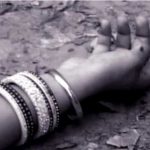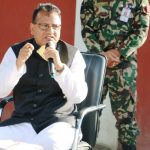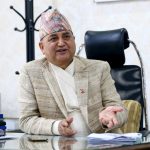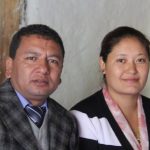16 April,United Nations: The UN security council fell silent on Tuesday after ambassadors viewed a series of ghastly photographs of dead Syrian civil war victims, France’s ambassador said. The pictures show people who were emaciated, with their bones protruding, and some bearing the marks of strangulation and repeated beatings.
French ambassador Gerard Araud said the pall of silence lingered, and then questions slowly began about the credibility of the slides of the dead, who offer mute testimony to the savagery of a Syrian civil war in which more than 150,000 have died.
The council members were shown more than the 10 photos publicly released in January, part of a report funded by the government of Qatar — a major backer of the opposition and one of the nations most deeply involved in the Syrian conflict.
The veracity of the photos could not be independently confirmed.
Among the new photos was an image of at least a dozen bodies laid out on the floor of a warehouse, being wrapping in plastic sheets with men in military garb standing among them.
One of the authors of the report, former Sierra Leone Special Court prosecutor David M Crane, said it was firm evidence of “industrialized systematic killing.”
“Bodies in, bodies out. It was a very systematic processing of human beings. The were laid out in a parking lot because there were too many to put into the morgue,” Crane said,
“They died in agony over months of starvation and torture, and then almost mercifully were executed,” Crane said.
“Doesn’t this bring back some interesting images from Dachau, and Auschwitz, and Bergen-Belsen?” Crane observe, sitting in front of the grisly procession of photos projected behind him in a UN news conference.
“The gruesome images of corpses bearing marks of starvation, strangulation and beatings and today’s chilling briefing indicate that the Assad regime has carried out systematic, widespread and industrial killing. Nobody who sees these images will ever be the same,” U.S. Ambassador Samantha Power said.
The photos were selected from among 55,000 images of tortured and slain Syrian war victims.






